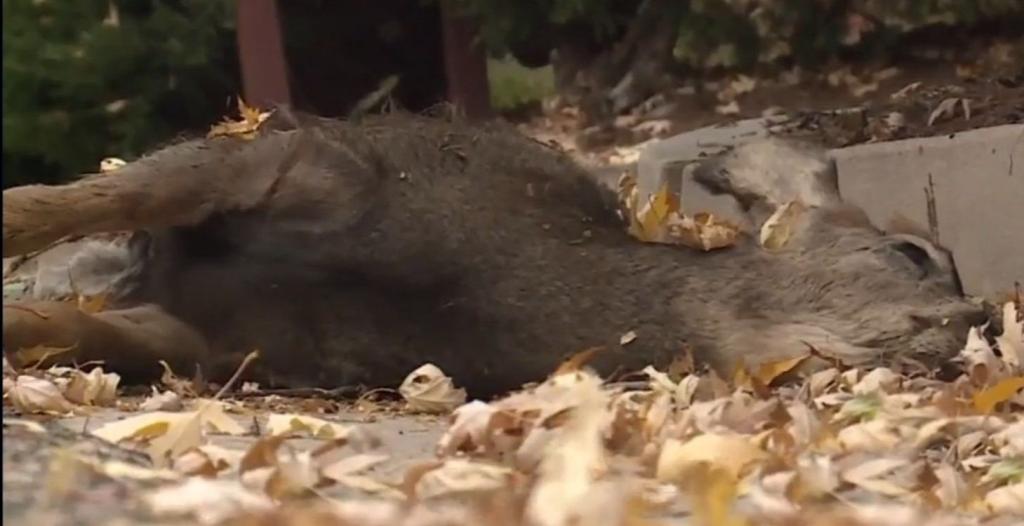CPW reminds motorists to keep watchful eye for wildlife on roads

 John Livingston
John LivingstonSouthwest Region Public Information Officer
970-759-9590 / [email protected]

“Spring migrations can result in motorists being surprised when animals are seen in places they haven’t been spotted regularly this winter,” said CPW Area Wildlife Manager Rachel Sralla. “Watch closely for animals with young ones in tow who may lag a few seconds behind the adults. Our vigilance will help them return safely to higher elevations where they will fawn or calve and then raise their young over the summer months.”
It is most common for collisions with wildlife to happen at dawn and dusk when visibility is low. During these times, it is especially important for drivers to remain vigilant in obeying speed limits and keeping both eyes on the road and its shoulders.
Region 5 of the Colorado Department of Transportation in southwest Colorado recorded 2,171 reported roadkill collisions in 2021, which is the most in any region of the state. That figure does not include animals that may have been hit by motorists and either injured or later died of injuries away from roadways.
According to transportation studies, motor vehicle accidents involving wildlife rank as the third leading cause for crashes behind speeding and inattentive driving. These statistics include severe property damage, injuries and fatalities.
Sralla reminds drivers to not only watch for wildlife on highways but also on city streets.
“Deer move across our minor arterial roads all the time, and the best way to protect wildlife on the roads is to keep to the speed limit and keep our eyes up,” she said.
Remember These Tips
While some collisions may be unavoidable, motorists can reduce the likelihood of an accident by taking the following precautions:
- Slow Down! Driving more slowly increases reaction time and reduces the chance of a collision.
- Stay Alert while driving at dusk and dawn. This is when many of Colorado's wildlife are the most active and are likely to be crossing roadways.
- Scan Ahead and watch for movement along roadsides. When driving at night, watch for shining eyes in headlights. Always look and be prepared for more than one animal.
- Obey traffic signs and watch for wildlife warning signs.


Colorado Parks and Wildlife (CPW) is an enterprise agency, relying primarily on license sales, state parks fees and registration fees to support its operations, including: 43 state parks and more than 350 wildlife areas covering approximately 900,000 acres, management of fishing and hunting, wildlife watching, camping, motorized and non-motorized trails, boating and outdoor education. CPW's work contributes approximately $6 billion in total economic impact annually throughout Colorado.
DISCLAIMER: The Colorado Parks and Wildlife (CPW) website maintains press releases containing historical information that may no longer be accurate. Press releases are dated, which should be noted to determine whether the information provided is current. Please review our current regulations and brochures for up-to-date information.